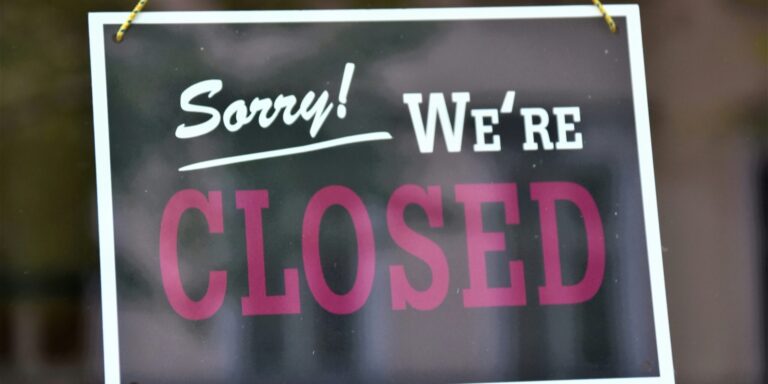At Home Group Inc., a Texas-based home furnishings retailer, filed voluntary petitions for Chapter 11 bankruptcy in the U.S. Bankruptcy Court for the District of Delaware on June 16, 2025. The company secured a restructuring support agreement with lenders holding over 95% of its debt. At Home operates approximately 260 warehouse-style stores in 40 states and listed between $1 billion to $10 billion in both assets and liabilities, with 10,000 to 25,000 creditors included in its filing.
Under the terms of its court-approved restructuring plan, At Home will permanently close 26 underperforming locations by September 30, representing about 10% of its retail footprint. These closures are concentrated in coastal markets and include stores in cities such as San Jose, Tustin, Costa Mesa, Pasadena, Long Beach, Rego Park, and the Bronx, with additional locations impacted in Florida, Minnesota, Washington, New Jersey, Pennsylvania, Massachusetts, Illinois, Virginia, Montana, and Wisconsin. Stores in Texas are not affected at this time.
Read Also: https://rentmagazine.com/retail-property-market-faces-challenges-in-2025/
To support its reorganization, the company has secured $600 million in debtor-in-possession financing, which includes $200 million in new capital and $400 million in rolled-over debt. This financial package is intended to eliminate nearly $2 billion in funded debt while ensuring the company can maintain operations at its remaining stores and fund the store closure process, which is being overseen by Hilco Consumer-Retail.
At Home attributed its bankruptcy to a combination of factors including high interest rates, increasing tariffs on Chinese imports, and declining consumer demand in physical retail stores. The company missed an interest payment in late May and had entered a forbearance agreement through June 30 to avoid default. It had been struggling with growing overdue payments and sustained cash flow issues since early 2024.
Analysts suggest that At Home’s financial struggles reflect a broader trend in the retail sector, with value-oriented chains like The Container Store, Big Lots, Joann Fabrics, True Value, and Party City also experiencing similar pressures. As At Home scales back, competitors like Wayfair may benefit by capturing some of its displaced customer base. One analysis estimated Wayfair could gain between $20 million and $70 million in revenue as a result.
Brad Weston, who became At Home’s CEO on June 3, said the bankruptcy process would allow the company to prioritize its most successful locations, enhance the in-store experience through remodeling, and improve product selection. He noted the company expects to emerge from bankruptcy under new ownership, likely controlled by its primary creditors.
Store liquidation sales have already begun, with some locations offering up to 30% off merchandise and store fixtures. The company has assured customers and employees that operations will continue uninterrupted at the remaining stores. Affected employees are receiving communication through local human resources offices, and the company stated it would honor all existing pay, benefits, and obligations to vendors during the restructuring process.
